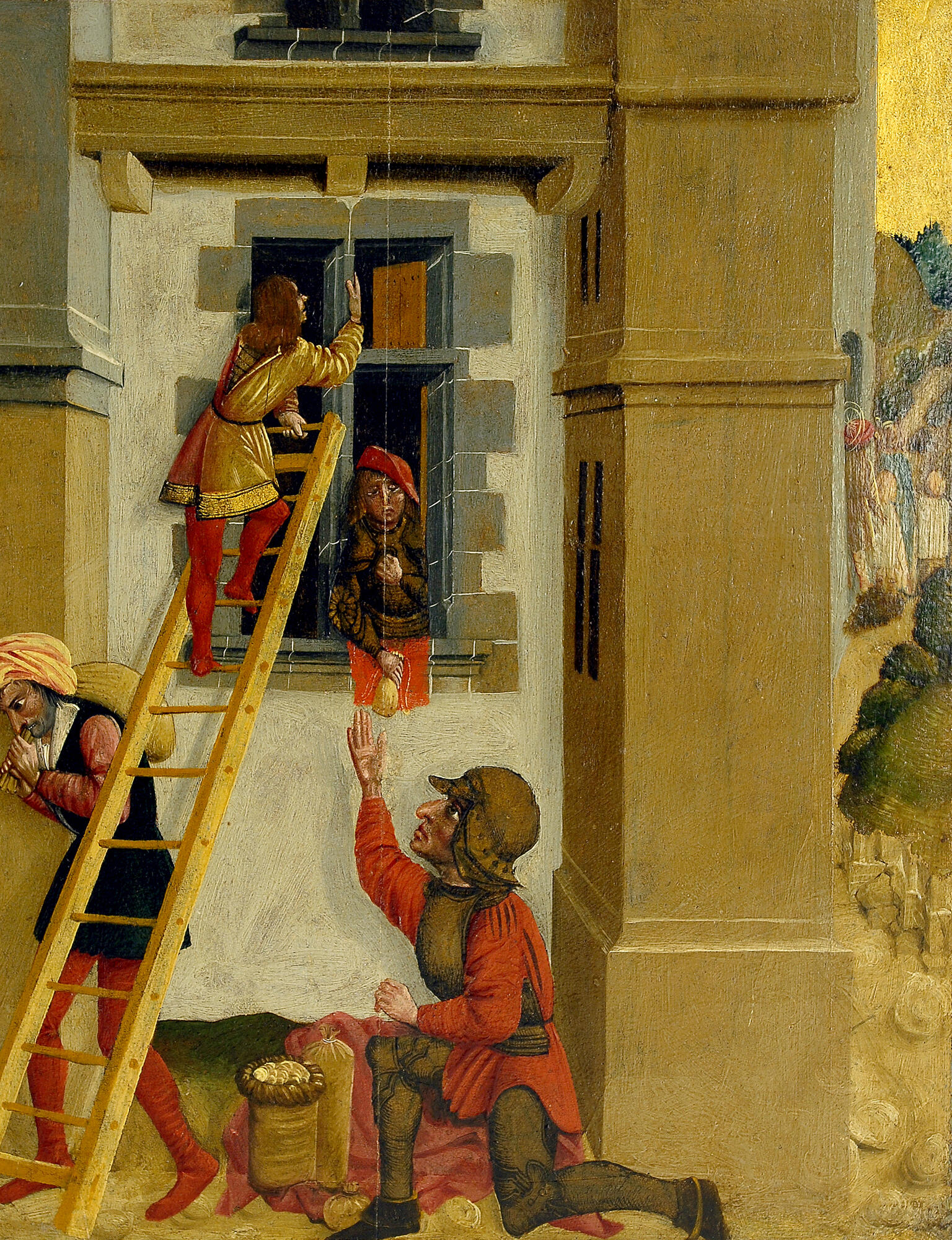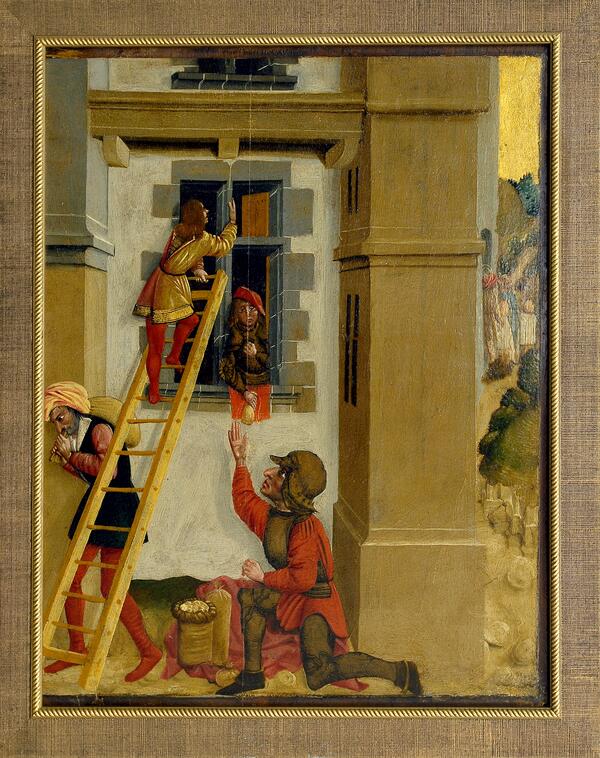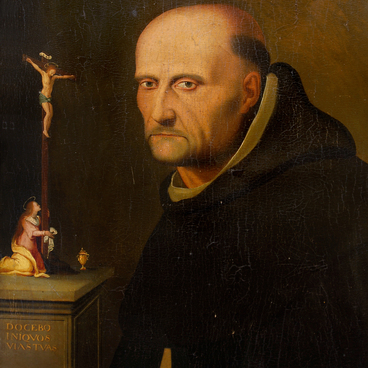The collection of German painting in Primorye State Art Gallery is very limited and is represented by a few canvases of the 16th, 17th, 18th, and 19th centuries.
The fifteenth century was a turning point in the development of culture and art in many European countries. Under the influence of progressive social forces and relations, the system of feudalism began to collapse. A significant role in this process was played by the rise and flourishing of cities in the northern part of Europe, including the Netherlands and Germany. It was in the 16th century that German art became incorporated with the pan-European stream of artistic development, but the principles of late Gothic art still prevailed in the painting of many German masters. In her book “Art History. Western European Art”, Tatyana Ilyina commented, “The development of German cities was delayed even in relation to the Netherlands, and the German Renaissance was formed a century later in comparison with the Italian one.”
The most interesting exhibits of German art in the collection of the Primorye Art Gallery are two works by an unknown provincial master of the 16th century from the series “Legends of Saint Eustace”: “Burglary” and “Saint Eustace with his Family in the Arena among the Lions”. Previously, these items made part of a series of eight works — the rest of the works are on display in other museums in Russia and in the former Soviet Republics.
The painting “Burglary” depicts another ordeal that fell to the lot of Saint Eustace. It is worth noting that the work was painted during the heyday of the Northern Renaissance, but stylistically it is close to the art of the Middle Ages: this can be seen in the golden background, in human figures of inconsistent scale, and in architecture rendered “flat” and with perspective shifts. In her book “Art History. Western European Art”, Tatyana Valerianovna Ilyina also wrote,
The fifteenth century was a turning point in the development of culture and art in many European countries. Under the influence of progressive social forces and relations, the system of feudalism began to collapse. A significant role in this process was played by the rise and flourishing of cities in the northern part of Europe, including the Netherlands and Germany. It was in the 16th century that German art became incorporated with the pan-European stream of artistic development, but the principles of late Gothic art still prevailed in the painting of many German masters. In her book “Art History. Western European Art”, Tatyana Ilyina commented, “The development of German cities was delayed even in relation to the Netherlands, and the German Renaissance was formed a century later in comparison with the Italian one.”
The most interesting exhibits of German art in the collection of the Primorye Art Gallery are two works by an unknown provincial master of the 16th century from the series “Legends of Saint Eustace”: “Burglary” and “Saint Eustace with his Family in the Arena among the Lions”. Previously, these items made part of a series of eight works — the rest of the works are on display in other museums in Russia and in the former Soviet Republics.
The painting “Burglary” depicts another ordeal that fell to the lot of Saint Eustace. It is worth noting that the work was painted during the heyday of the Northern Renaissance, but stylistically it is close to the art of the Middle Ages: this can be seen in the golden background, in human figures of inconsistent scale, and in architecture rendered “flat” and with perspective shifts. In her book “Art History. Western European Art”, Tatyana Valerianovna Ilyina also wrote,



